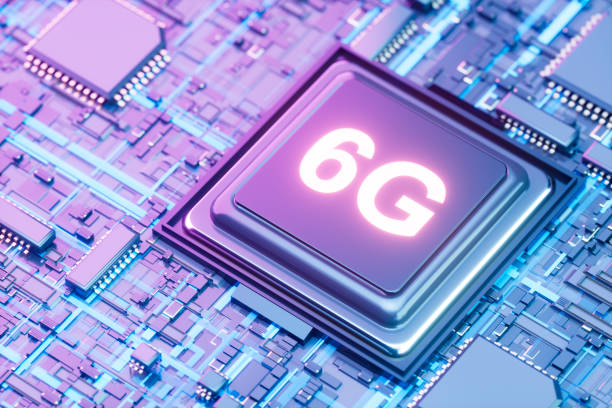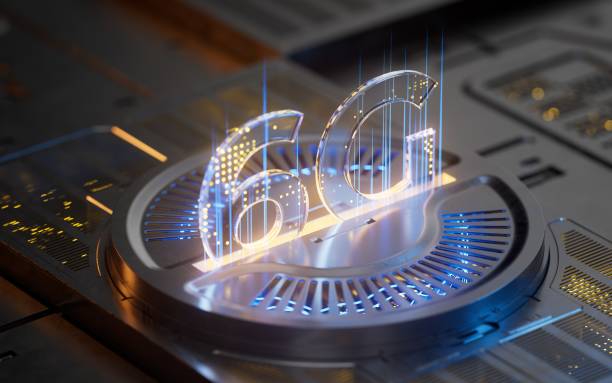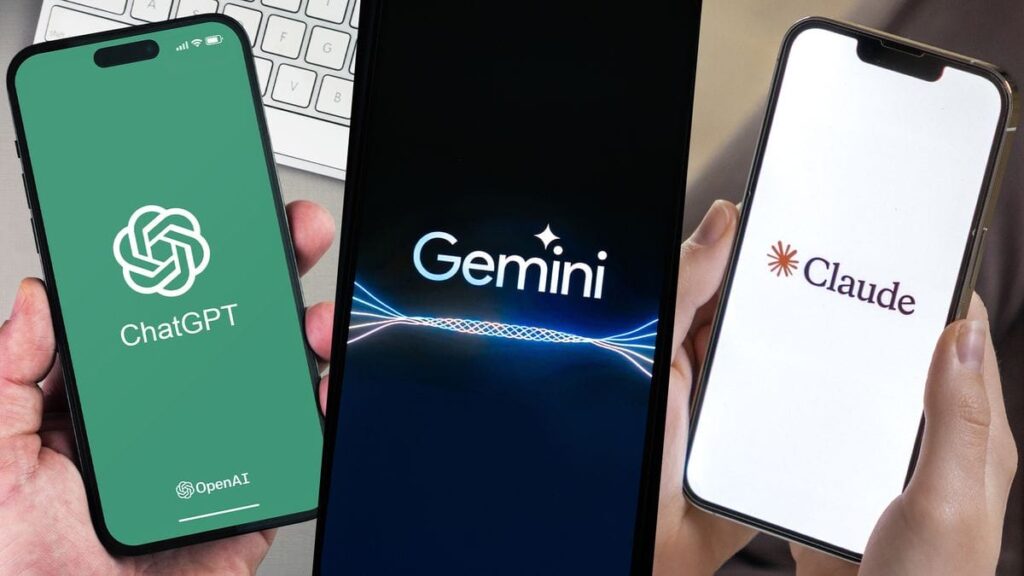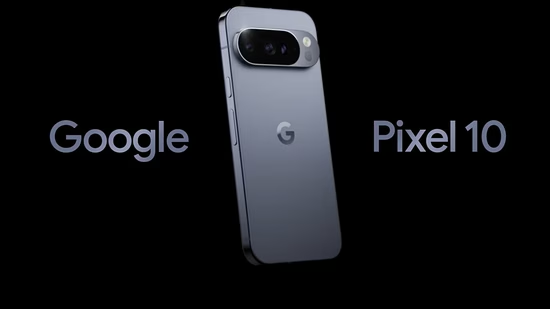Introduction
What is 6G Technology? Explained with Features, Benefits & Launch Date . Technology never stops evolving. Every decade, mobile communication takes a massive leap forward. 2G made texting popular, 3G brought the internet to our phones, 4G unlocked streaming and social media, and 5G is powering ultra-fast speeds and IoT. Now the big question is: What is 6G technology and when will it arrive?
In this blog, we’ll break down everything you need to know about 6G – its features, benefits, challenges, and the expected launch date.
What is 6G Technology? – What is 6G Technology? Explained with Features, Benefits & Launch Date
6G (Sixth Generation Wireless Technology) is the next major upgrade in mobile networking that is expected to be up to 100 times faster than 5G. According to early research, 6G could deliver speeds up to 1 Tbps (terabit per second). That means downloading a 4K movie in just one second!
The primary focus of 6G will be:
- Ultra-fast connectivity
- Near-zero latency
- Integration with AI and IoT
- Support for holographic and extended reality (XR) applications

Table of Contents
Key Features of 6G Technology – What is 6G Technology? Explained with Features, Benefits & Launch Date
1. Mind-Blowing Speed
While 5G can reach speeds of 10 Gbps, 6G is expected to hit 1,000 Gbps (1 Tbps). This will make futuristic concepts like digital twins, smart factories, and real-time space communication possible.
2. Ultra-Low Latency
6G aims to reduce latency to 0.1 milliseconds. In simple words, communication will be almost instantaneous – essential for autonomous vehicles, drone deliveries, and remote surgeries.
3. AI-Powered Networks
Unlike previous generations, 6G will deeply integrate Artificial Intelligence into the network. This will allow self-learning, self-healing, and smart optimization of traffic and demand.
4. Holographic & XR Communication
Imagine attending a business meeting or concert where participants appear as 3D holograms in real time. 6G will enable such experiences by powering Extended Reality (XR) technologies like AR, VR, and MR.
5. Satellite + Terrestrial Connectivity
6G won’t rely only on ground-based towers. It will also combine low-orbit satellites with terrestrial networks, ensuring high-speed internet even in the most remote parts of the world.
Benefits of 6G Technology
Smart Cities: AI-powered traffic systems, waste management, and energy efficiency.
Healthcare Revolution: Real-time robotic surgeries and remote patient monitoring.
Education Upgrade: Virtual classrooms with interactive holographic teachers.
Space Exploration: Seamless communication between astronauts and Earth.
Economic Growth: Boost to e-commerce, fintech, and global industries through faster connectivity.
6G vs 5G: A Quick Comparison
| Feature | 5G | 6G |
|---|---|---|
| Speed | Up to 10 Gbps | Up to 1 Tbps |
| Latency | ~1 ms | ~0.1 ms |
| Applications | IoT, Smart Devices | AI, XR, Holograms |
| Coverage | Terrestrial | Terrestrial + Satellite |
| AI Integration | Limited | Deep AI-driven networks |
Challenges of 6G Technology
High Infrastructure Costs – New towers, satellites, and hardware will be required.
Energy Demands – Ultra-fast networks will consume massive amounts of power.
Cybersecurity Threats – A hyper-connected world will face greater hacking risks.
Spectrum Availability – 6G will operate on terahertz frequencies, which are still under research.
Expected Launch Date of 6G
The development timeline looks something like this:
- Research Phase: 2020 – 2025
- Testing & Development: 2025 – 2028
- Commercial Rollout: Around 2030
Countries like the USA, South Korea, Japan, and China are leading the race. Tech giants like Samsung, Huawei, and Nokia are already investing billions into 6G research.
6G: The Future of Mobile Connectivity & Wireless TecH
Google Gemini Nano 2025: Full Guide, Features & How It’s Changing AI Forever
FAQs
Q1: Will 6G replace 5G completely?
👉 Not immediately. Just like 4G still exists alongside 5G, both 5G and 6G will co-exist for several years.
Q2: How fast will 6G be?
👉 Up to 1 Tbps, which is nearly 100 times faster than 5G.
Q3: When will 6G be available in the USA?
👉 The first commercial 6G networks are expected by 2030, but widespread adoption may take a few more years.
Conclusion
6G technology isn’t just about faster internet – it’s about reshaping the digital world. From holographic calls to AI-driven smart cities and space exploration, the possibilities are limitless.
If 5G feels fast today, 6G will make it look slow. By 2030, we’ll step into an era where speed, intelligence, and connectivity have no limits.




